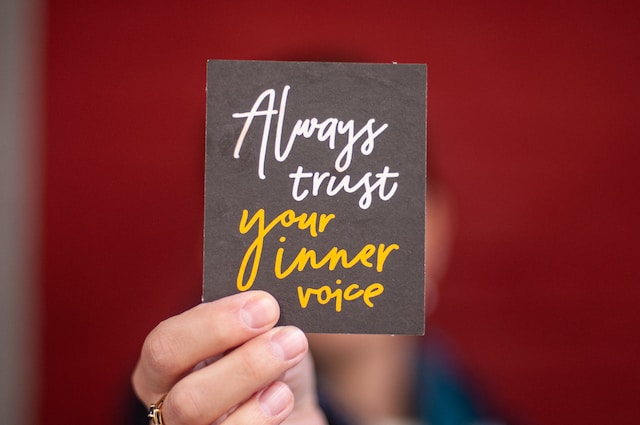High intensity jobs require oftentimes all our energy and attention. But have you ever felt a sharp decline in your productivity after lunchtime? It‘s not you, it‘s what you eat. There is a direct link between our energy levels and even our mood with the kind of food we put into our bodies. Here I discuss some hacks I learned from nutrition experts that everyone can apply to keep our energy levels more steady.
Why do our energy levels fluctuate with the type of food we ingest? Our bodies need glucose in order to fuel our muscles and keep our brain happy functioning. Glucose is the simplest form of sugar, and we ingest it through food mostly in the form of carbohydrates (a bit more complex sugar molecules) in starch rich food like bread, pasta, granola, etc. But also, we obtain glucose through sugar loaded chocolate bars, fruit juices, sodas and processed foods with a high added sugar content to make the food more appealing to us. It‘s not a surprise that this last category is harmful in the long run.

If we need sugar to function, what can possibly be bad about consuming sugar loaded food? It turns out that sugar ‚spikes‘, or very sudden wave of sugar overload, can harm our bodies because we are unable to process it so fast. This means that there is a lot of glucose accumulating in our blood that shouldn‘t be there, as it is only useful when guided to our muscles and brains by other helper molecules. Insulin is an important helper molecule that deals with glucose storage and distribution so that our body can use it as new fuel. However, we have only a limited capacity of insulin we can produce at a certain time and thus limited resources to deal with glucose molecules. When this resource is stretched and our body is overloaded by sugar on a regular basis over a prolonged time, we are at serious risk to develop severe chronic diseases such as diabetes, alzheimer, depression, nonalcoholic fatty liver disease and heart problems (amongst many scary others). More shockingly, it is estimated that 88% of Americans are likely to experience out of control glucose levels, and yes you can have that without knowing and being nondiabetic.
Coming back to our energy levels, what is the relationship between glucose and our after lunch (or after dinner) dip? A meal that causes you glucose spikes can cause you to spiral into a glucose low, a situation where your body fights so hard against the elevated glucose levels that your glucose levels become lower than normal before they are regulated again. This contributes to abnormal insulin rollercoaster as well. Where there is a high, there is also low, and this unsteady up and down can be responsible for your tiredness and your low productivity post glucose rich meal. BUT there are additional consequences, I want to highlight just a few of them:
- Meals that cause you glucose spikes keep you full much shorter. One consequence of that is that you are much more likely to snack and crave for sweets.
- High sugar levels cause a high amount of insulin in your body, with high insulin leading over time to ‚insulin resistance‘ which can be compared to a ‚cry wolf‘ situation in which we are getting used to have so much insulin in our blood that it loses its power and glucose processing becomes more inefficient.
- Eating sugars for breakfast can deregulate your glucose/insulin levels for the rest of the day. Therefore, the first meal of the day requires our special attention. Build a habit of eating a savory breakfast instead (eggs, avocado, greek yoghurt, etc).
The solution to our problem lies in keeping our glucose levels as steady as possible. Do we need to cut out the occasional muffin or chocolate bar from our diet? I don’t think so, and science has provided us with useful insights on how to still keep healthy glucose levels. Glucose hacks that you can implement from today onwards are:
- Ingest more fiber in your meal. Fiber influences the speed at which glucose enters our blood by delaying glucose absorption during digestion. As a consequence, we experience less of a peak but a more steady glucose response. In bread, for example, the beneficial fiber gets removed during the production of flour, thus it is important to bring the fiber back into our sandwiches with a smart choice of toppings (try grilled veggies next time, spinach or my favourite, avocado).
- Pay attention to the order you eat your food, because it matters! If you eat your fibers first (aka your veggies or a salad starter) you can reap the benefits of fiber mentioned above. Ideally, leave protein and fats for second and ingest starches and sugars last.
- Exercise, move, go for a walk after eating. This has been shown to considerably reduce our glucose peak and keep our glucose steady because we are directly using it as fuel for our muscles.
Keep your energy up to chase your goals in 2023! Or if you are planning to eat healthier in 2023, this is the one thing you can pay attention to right now without radically changing your diet all at once. Bon profit!
Resources
Book: Glucose revolution, by Jessie Inchauspé (also worth checking out her instagram glucosegoddess).
Podcast: The doctor‘s pharmacy with Mark Hyman




